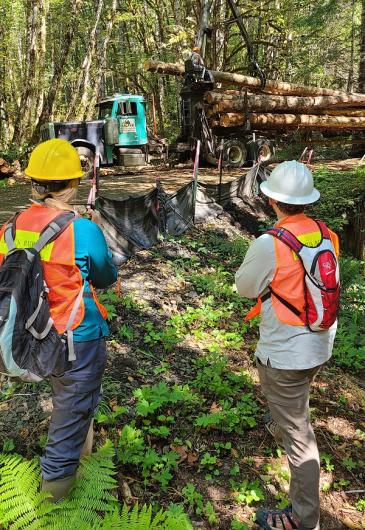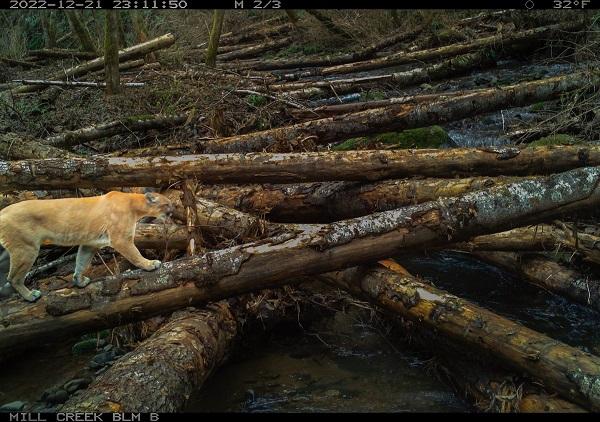Related Stories
- Dark Sky Week: 12 spectacular BLM stargazing sites
- BLM recreation sites available to all: Exploring accessibility on California’s public lands
- A day on patrol with BLM Arizona Ranger Rocco Jackson
- BLM recreation sites available to all: Exploring accessibility on Arizona’s public lands
- Overcoming challenges to move the BLM forward: Nikki Haskett
Office
1717 Fabry Road, SE
Salem, OR 97306
United States
Phone:
Email:


